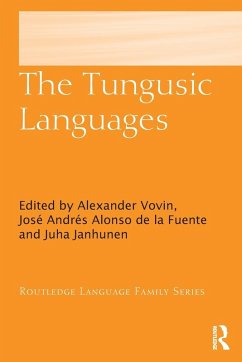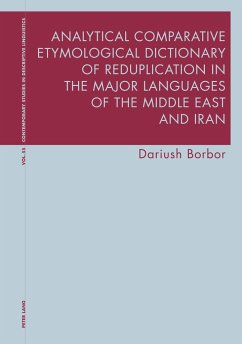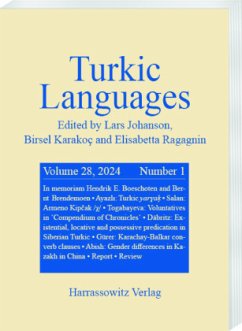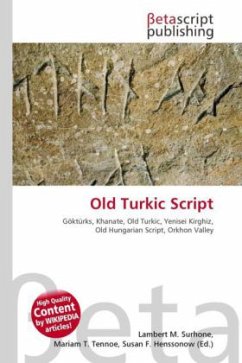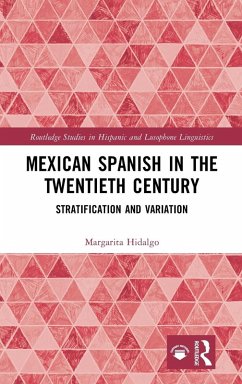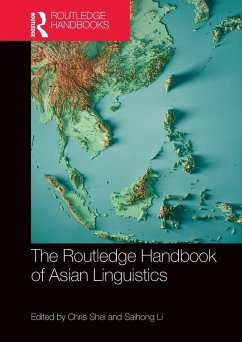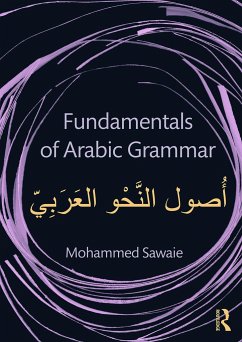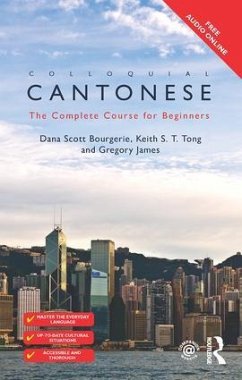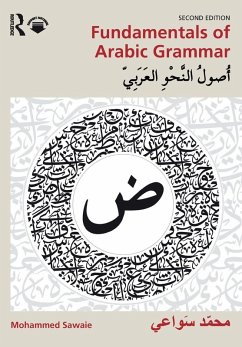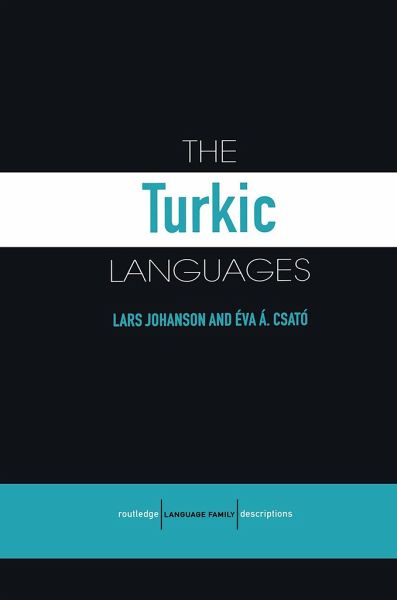
The Turkic Languages
Versandkostenfrei!
Versandfertig in 6-10 Tagen
348,99 €
inkl. MwSt.
Weitere Ausgaben:

PAYBACK Punkte
174 °P sammeln!
The Turkic languages are spoken today in a vast geographical area stretching from southern Iran to the Arctic Ocean and from the Balkans to the great wall of China. There are currently 20 literary languages in the group, the most important among them being Turkish with over 70 million speakers; other major languages covered include Azeri, Bashkir, Chuvash, Gagauz, Karakalpak, Kazakh, Kirghiz, Noghay, Tatar, Turkmen, Uyghur, Uzbek, Yakut, Yellow Uyghur and languages of Iran and South Siberia.The Turkic Languages is a reference book which brings together detailed discussions of the historical de...
The Turkic languages are spoken today in a vast geographical area stretching from southern Iran to the Arctic Ocean and from the Balkans to the great wall of China. There are currently 20 literary languages in the group, the most important among them being Turkish with over 70 million speakers; other major languages covered include Azeri, Bashkir, Chuvash, Gagauz, Karakalpak, Kazakh, Kirghiz, Noghay, Tatar, Turkmen, Uyghur, Uzbek, Yakut, Yellow Uyghur and languages of Iran and South Siberia.
The Turkic Languages is a reference book which brings together detailed discussions of the historical development and specialized linguistic structures and features of the languages in the Turkic family. Seen from a linguistic typology point of view, Turkic languages are particularly interesting because of their astonishing morphosyntactic regularity, their vast geographical distribution, and their great stability over time.
This volume builds upon a work which has already become a defining classic of Turkic language study. The present, thoroughly revised edition updates and augments those authoritative accounts and reflects recent and ongoing developments in the languages themselves, as well as our further enhanced understanding of the relations and patterns of influence between them. The result is the fruit of decades-long experience in the teaching of the Turkic languages, their philology and literature, and also of a wealth of new insights into the linguistic phenomena and cultural interactions defining their development and use, both historically and in the present day.
Each chapter combines modern linguistic analysis with traditional historical linguistics; a uniform structure allows for easy typological comparison between the individual languages. Written by an international team of experts, The Turkic Languages will be invaluable to students and researchers within linguistics, Turcology, and Near Eastern and Oriental Studies.
The Turkic Languages is a reference book which brings together detailed discussions of the historical development and specialized linguistic structures and features of the languages in the Turkic family. Seen from a linguistic typology point of view, Turkic languages are particularly interesting because of their astonishing morphosyntactic regularity, their vast geographical distribution, and their great stability over time.
This volume builds upon a work which has already become a defining classic of Turkic language study. The present, thoroughly revised edition updates and augments those authoritative accounts and reflects recent and ongoing developments in the languages themselves, as well as our further enhanced understanding of the relations and patterns of influence between them. The result is the fruit of decades-long experience in the teaching of the Turkic languages, their philology and literature, and also of a wealth of new insights into the linguistic phenomena and cultural interactions defining their development and use, both historically and in the present day.
Each chapter combines modern linguistic analysis with traditional historical linguistics; a uniform structure allows for easy typological comparison between the individual languages. Written by an international team of experts, The Turkic Languages will be invaluable to students and researchers within linguistics, Turcology, and Near Eastern and Oriental Studies.




